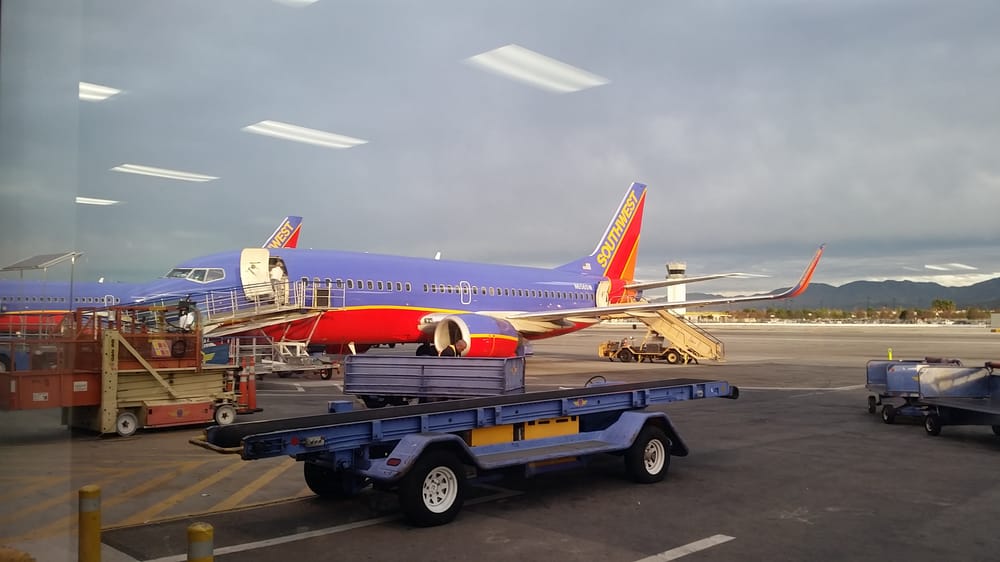Look at Southwest Airlines. They have open seating, you don't see cabin crew block off rows of seats for families, or assign seat numbers at the gate at their own whim. You either give everyone assigned seats, or no one. Forcing people boarding from Chicago into seats decided by attendant, but letting passengers boarding one station down to pick their own seats is nonsense.
I think the South West model is a total disaster. It has the worst features of Amtraks open-seating, and reserved seating used in other transport.
First of all, it is not really open-seating. It starts with the business-select group, then the upgraded boarding group, then the early check-in group. These tiers all cost more money. Then "families". Then in order that everyone did the normal check in.
So many people try to game the system that its far, far worse then amtrak. I've seen groups of 9-10 with ONE child, hoping to jump to the front of the line. I've seen groups with ONE person pay for priority boarding that hold seats until the rest show up. Or they do the "puffy jacket", or "fake sleeping" tricks you see on trains. or the person who jumps the line, and pretends to be confused, or convenient lack of english.
Each airport handles this mess differently. Some super strict, some are total madness. It sucks for me, as I have 6 kids. On our last trip, they told us. Only kids under six, with a parent, can board early. So the 4 siblings that were over 6 had to board seperatly, and none of them sat together. We weren't willing to do the dirty tricks above.
Amtraks systems, however, its simple. If sitting together is important, show up early, try to board at a terminus, and use a redcap when possible.





